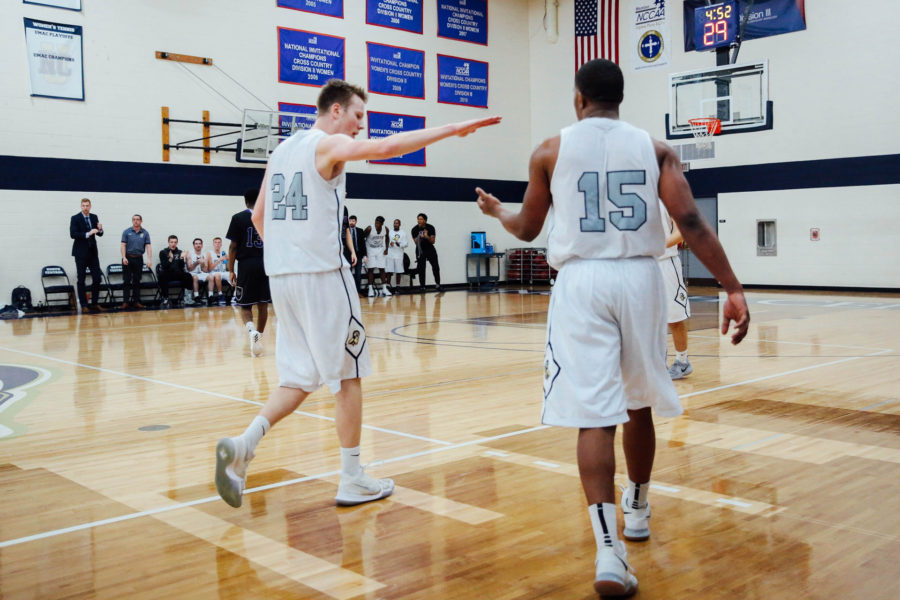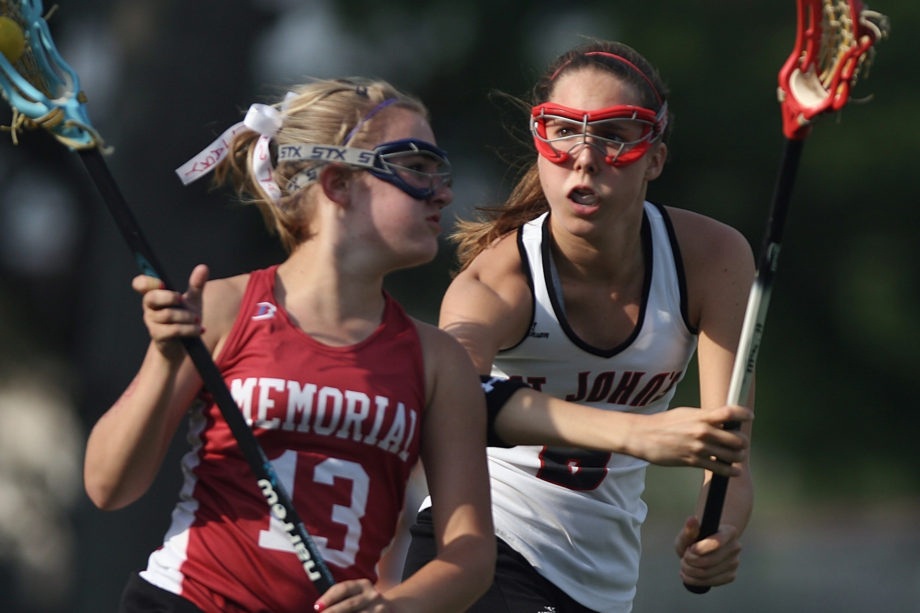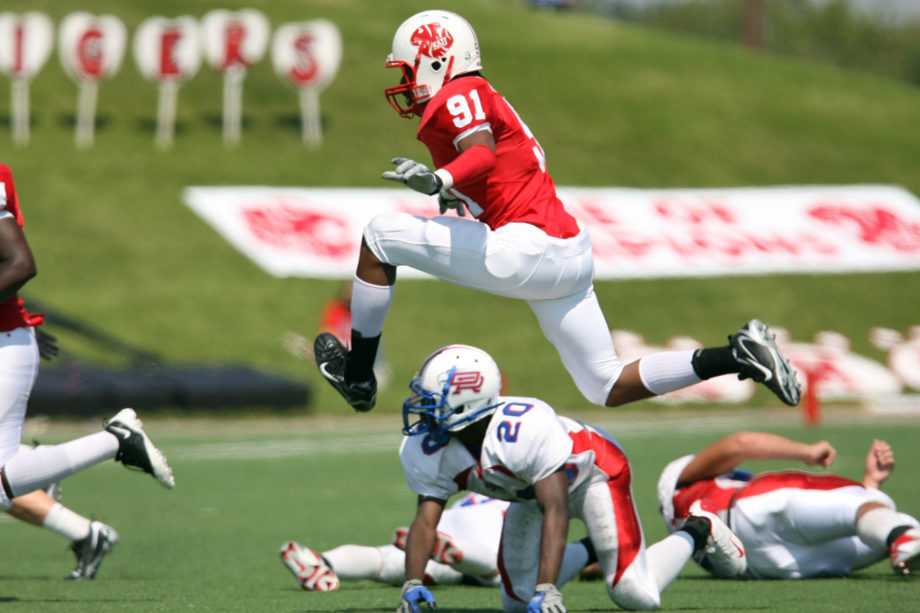A: There are scouts in many regions that are scouting local tournaments and players in the area. You are probably aware of the National Top 100 lists for many sports, run by websites and media members. If you happen to be named to such Top 100 ranks, understand that these lists are only a starting point for most coaches. It may put you on their radar or ‘watch list’ but it doesn’t guarantee scholarship offers or starting jobs.
Other, less public, recruiting services send scouting reports in nearly every sport and geographic region. Most major programs may subscribe to 10 or more of these types of services. Just because a coach with a school-logoed polo isn’t sitting in the stands, that doesn’t mean that there isn’t anyone there watching and taking notes. Coaches get tips about players everywhere, it just depends on if it’s a source that particular coach knows or trusts. Coaches depend on these services to help start their research, especially for the key contact information and evaluations they may provide on freshman and sophomore players!
These scouts are covering a region or state, normally getting to several prep tournaments and games, with relationships across the area. There is no specific way to get their attention other than to play well and be a force in your area! Most scouts include notes (10 words to a paragraph) about your strengths and weaknesses, along with your height, weight, school and contact info. More importantly, they list each player with a recommendation or ranking—DI, DII, DIII, NAIA. Schools use the rankings to separate elite players from good ones, and the good players from the average ones.
Reports are generated from everywhere—Mississippi, Kansas, Georgia, Florida, New England, Texas, Illinois, Southern California, Northern California, Junior Colleges and on International players.
Remember, these lists are just recommendations and really just a starting point for coaches until they can get out to see you play in person for themselves. Sometimes they may use these lists—go out on the road—and add a teammate or opponent of the player they originally came to see. They may go evaluate a junior recommended from these scouting reports and notice a talented sophomore or senior on the field/court and add them to their list.
Staffs also cross-reference juniors and seniors on these regional reports to make sure that they haven’t missed any late-bloomers or transplanted upperclassmen who have recently moved into the region. Again, the real value in these reports is often in finding the talented freshman and sophomores early or in building a complete list of potential players in the state and region.



